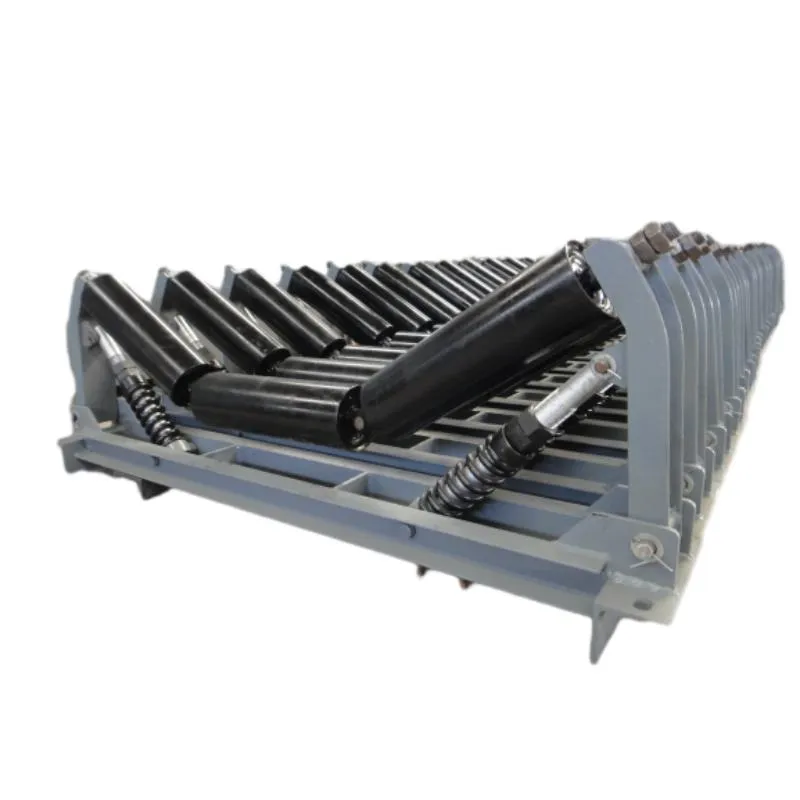 Afrikaans
Afrikaans  Albanian
Albanian  Amharic
Amharic  Arabic
Arabic  Armenian
Armenian  Azerbaijani
Azerbaijani  Basque
Basque  Belarusian
Belarusian  Bengali
Bengali  Bosnian
Bosnian  Bulgarian
Bulgarian  Catalan
Catalan  Cebuano
Cebuano  Corsican
Corsican  Croatian
Croatian  Czech
Czech  Danish
Danish  Dutch
Dutch  English
English  Esperanto
Esperanto  Estonian
Estonian  Finnish
Finnish  French
French  Frisian
Frisian  Galician
Galician  Georgian
Georgian  German
German  Greek
Greek  Gujarati
Gujarati  Haitian Creole
Haitian Creole  hausa
hausa  hawaiian
hawaiian  Hebrew
Hebrew  Hindi
Hindi  Miao
Miao  Hungarian
Hungarian  Icelandic
Icelandic  igbo
igbo  Indonesian
Indonesian  irish
irish  Italian
Italian  Japanese
Japanese  Javanese
Javanese  Kannada
Kannada  kazakh
kazakh  Khmer
Khmer  Rwandese
Rwandese  Korean
Korean  Kurdish
Kurdish  Kyrgyz
Kyrgyz  Lao
Lao  Latin
Latin  Latvian
Latvian  Lithuanian
Lithuanian  Luxembourgish
Luxembourgish  Macedonian
Macedonian  Malgashi
Malgashi  Malay
Malay  Malayalam
Malayalam  Maltese
Maltese  Maori
Maori  Marathi
Marathi  Mongolian
Mongolian  Myanmar
Myanmar  Nepali
Nepali  Norwegian
Norwegian  Norwegian
Norwegian  Occitan
Occitan  Pashto
Pashto  Persian
Persian  Polish
Polish  Portuguese
Portuguese  Punjabi
Punjabi  Romanian
Romanian  Russian
Russian  Samoan
Samoan  Scottish Gaelic
Scottish Gaelic  Serbian
Serbian  Sesotho
Sesotho  Shona
Shona  Sindhi
Sindhi  Sinhala
Sinhala  Slovak
Slovak  Slovenian
Slovenian  Somali
Somali  Spanish
Spanish  Sundanese
Sundanese  Swahili
Swahili  Swedish
Swedish  Tagalog
Tagalog  Tajik
Tajik  Tamil
Tamil  Tatar
Tatar  Telugu
Telugu  Thai
Thai  Turkish
Turkish  Turkmen
Turkmen  Ukrainian
Ukrainian  Urdu
Urdu  Uighur
Uighur  Uzbek
Uzbek  Vietnamese
Vietnamese  Welsh
Welsh  Bantu
Bantu  Yiddish
Yiddish  Yoruba
Yoruba  Zulu
Zulu conveyor pulley components
Understanding Conveyor Pulley Components
Conveyor systems are integral to many industries, assisting in the transportation of materials across various stages of production. One of the fundamental components of a conveyor system is the conveyor pulley. Understanding the different components of a conveyor pulley, their functions, and their importance is vital for maintaining efficient operations in material handling.
What is a Conveyor Pulley?
A conveyor pulley is a cylindrical device used in conveyor systems to support and move the conveyor belt. The primary functions of pulleys include guiding the belt, providing tension, and changing the belt’s direction of travel. Essentially, pulleys play a crucial role in ensuring that the conveyor system operates smoothly and efficiently.
Types of Conveyor Pulleys
Conveyor pulleys are categorized into several types based on their functions and applications. The most common types include
1. Drive Pulley This is the main pulley that drives the belt forward. It is usually located at the head section of the conveyor system and connected to a motor that powers the belt.
2. Idler Pulley Idler pulleys support the belt and maintain its tension as it travels along the conveyor system. They are found throughout the length of the conveyor, helping to prevent sagging and ensure the belt maintains its intended path.
3. Tail Pulley Typically located at the end of the conveyor, this pulley helps return the belt to the drive pulley. It serves an essential role in maintaining the continuous loop of the conveyor system.
4. Snub Pulley This type of pulley helps increase the angle of wrap on the drive pulley and improves the friction between the belt and the drive pulley, enhancing system performance.
conveyor pulley components

Components of a Conveyor Pulley
Each conveyor pulley consists of several key components that contribute to its functionality and effectiveness
1. Shell The main body of the pulley, usually made from rolled steel, provides structural integrity and supports the belt's weight.
2. End Caps These components secure the shell at both ends and help house the internal components, providing protection against wear and tear.
3. Shaft The shaft is the central axis of the pulley, which connects to the motor or the supporting frame. It transmits rotational force from the drive system.
4. Bearings Bearings allow the pulley to rotate freely around the shaft, minimizing friction and wear during operation. Proper bearing maintenance is crucial for the longevity and efficiency of the pulley.
5. Lagging This is a layer applied to the surface of the pulley that enhances traction between the pulley and the conveyor belt. Lagging materials can be composed of rubber or ceramic to prevent slippage and extend the life of the belt.
Importance of Conveyor Pulleys
The effectiveness of a conveyor system heavily relies on the quality and design of its pulleys. Well-designed pulleys reduce downtime, enhance system reliability, and minimize maintenance costs. Additionally, selecting the right materials for pulleys can improve performance, especially in challenging environments where wear and tear is a significant concern.
In summary, understanding conveyor pulley components is essential for anyone involved in material handling or conveyor system maintenance. Each component plays a unique role in ensuring that the conveyor system operates efficiently, thus supporting the overall productivity of operations. By choosing high-quality components and ensuring regular maintenance, businesses can optimize their conveyor systems, reduce operational costs, and improve their bottom line.
-
Revolutionizing Conveyor Reliability with Advanced Rubber Lagging PulleysNewsJul.22,2025
-
Powering Precision and Durability with Expert Manufacturers of Conveyor ComponentsNewsJul.22,2025
-
Optimizing Conveyor Systems with Advanced Conveyor AccessoriesNewsJul.22,2025
-
Maximize Conveyor Efficiency with Quality Conveyor Idler PulleysNewsJul.22,2025
-
Future-Proof Your Conveyor System with High-Performance Polyurethane RollerNewsJul.22,2025
-
Driving Efficiency Forward with Quality Idlers and RollersNewsJul.22,2025





























